COVID-19 in a public toilets. What you have to know?
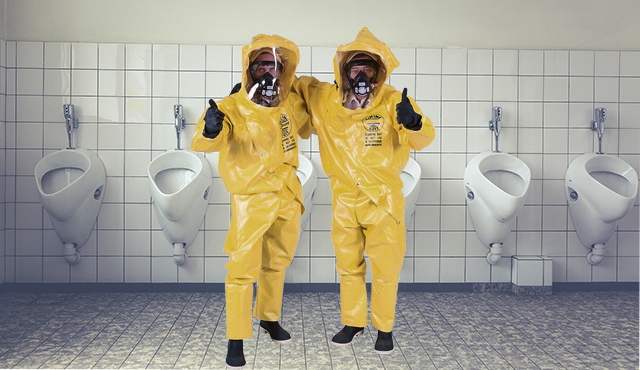
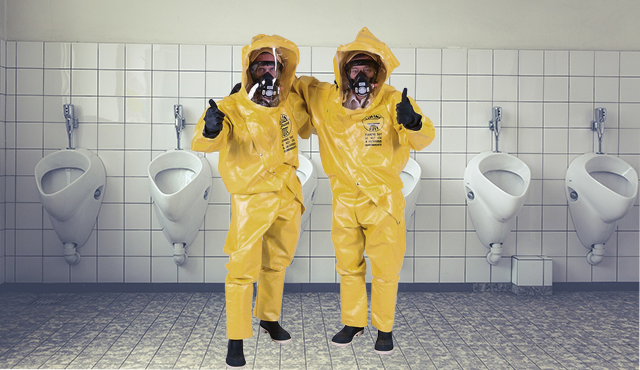
Public restrooms have always raised concerns about their level of hygiene. It’s not surprising since these are places where large groups of people fulfill their physiological needs, making them particularly vulnerable to various viruses and bacteria transmitted through bodily fluids. Unfortunately, it appears that COVID-19 can also be counted among them. Why is that, and how can you avoid infection when using a public restroom?
Dirty secrets
The fact that public restrooms can be dangerous to health is evidenced by the estimates of doctors that every second man and every fourth woman in Poland do not wash their hands after using the toilet. Considering how dangerous bacteria spread in this way can be to health (including Salmonella and E. coli bacteria responsible for severe food poisoning and more serious ailments), this is a particularly worrying perspective, especially in the context of the ongoing global COVID-19 pandemic. While the latter spreads primarily through respiratory droplets released from the mouth and nose of infected individuals during coughing, sneezing, or talking, recent studies suggest that it can also be released into the air after an infected person uses the toilet and flushes it without closing the toilet lid first.
The phenomenon known as “toilet plume” is associated with the creation of an almost invisible water mist that rises from the toilet bowl when the flush is activated. This flushing stream, striking the still water surface in the toilet bowl, splashes water particles and lifts them into the air in the form of a vapor that can spread up to 1.5 meters around the toilet. Various viruses and bacteria present in feces and urine use this to exit the toilet and settle on surfaces like faucets, dispensers, towel holders, and many other elements of the restroom's equipment. Unfortunately, recent studies indicate that the coronavirus disease, caused by the COVID-19 virus, can also spread through this method.
My toilet, my castle
How can we ensure that the bathroom is truly clean and not a breeding ground for germs? First and foremost, do not neglect basic hygiene rules and always remember to lower the toilet lid before flushing after using the toilet. Preventing water droplets from escaping the toilet bowl is obviously the simplest and most effective way to avoid diseases. However, in the case of public restrooms, one must consider that previous users may have ignored the dangers associated with spreading bacteria and viruses and already released a cloud of harmful droplets, which then spread throughout the room. The risk of such a situation and the appearance of the coronavirus on door handles, for instance, is not negligible, especially considering that only 68% of Poles wash their hands after using the toilet.
One in three people thus ignore hand hygiene, and to make matters worse, in pubs, restaurants, and offices, there are public restrooms where the toilets lack lids to cover them. The reasons can be various: sometimes for savings, sometimes to avoid damage or vandalism, but one thing is certain: in bathrooms with such toilets, surfaces are likely to be teeming with harmful bacteria and viruses. This means that particular attention should be paid not only to the surroundings but also to how we touch various elements of the restroom’s equipment, from soap dispensers to faucet handles. The particular role of sealed paper towel dispensers and sealed toilet paper dispensers is also revealed here, as their tight covers protect the consumables inside from falling germs.
A restroom ready for anything
Toilets with bowls located in separate stalls offer a bit more hygiene, but they still cannot ensure complete safety. Therefore, using touchless soap dispensers and other bathroom accessories using motion sensors is a particularly important solution for health. Automatic faucets, photocell-activated hand dryers with HEPA antibacterial filters, and other electronic sanitary devices minimize the risk of transferring viruses and bacteria onto the skin of your hands to almost zero. These are not the only solutions for restrooms that want to ensure the highest comfort and safety for users. A great example of products that significantly contribute to cleanliness in public bathrooms are disposable toilet seat covers, placed in containers for hygienic covers mounted near the toilet bowl.
However, toilet equipment is not everything, as it is equally important to maintain an adequate level and quality of the consumables used. Thorough hand washing and drying remains the most effective way to avoid coronavirus infection or other diseases, which is why hygiene products such as antibacterial liquid soaps and multi-layer paper towels are absolutely essential in every bathroom. However, it often turns out that in high-traffic restrooms, these products are replenished too infrequently, as shown by research conducted in 20 countries by the international hygiene products manufacturer, Tork. According to their research, 38% of children do not use school restrooms due to a lack of toilet paper or soap. This is already a problem – delaying the need to use the restroom is harmful to health in many ways – but it’s also worth considering those students who, despite the lack of hand washing materials, use the restroom and do not have the means to properly care for hand hygiene, thus exposing themselves and others to many dangerous diseases. And it is precisely for this risk associated with the lack of appropriate consumables that it is worth always being equipped with hand sanitizer gel.
Workplace safety in the restroom
Given the dangers lurking in public restrooms, and knowing the main issues of these places, it is good to take appropriate precautions when using them. Of course, the best way to avoid infection in a public restroom is to avoid using it and limit yourself to the home bathroom, but this is not advisable, especially if you suffer from urinary tract diseases or if it would mean holding back from using the toilet for several hours, for example, at work. So, what should you remember and consider when heading to a public restroom during the coronavirus pandemic?
1. The fewer people, the safer
We often forget this, but the World Health Organization still recommends maintaining at least 1.5 meters of distance between us and another person as a preventive measure. Therefore, the highest risk of contracting the COVID-19 virus is posed by restrooms characterized by constant high traffic or visited by large groups of people in a short time. Notably, in such a high-demand restroom, it may turn out that waiting in an overcrowded queue is more dangerous than being directly in the restroom, where we expose ourselves to the air exhaled by other people waiting to enter.
It is advisable to choose restrooms that are not crowded, and if you are forced to use one, pay special attention to the distance between you and others. In some public restrooms, you may encounter tape marking every other sink and toilet stall, which is a good practice that limits the number of people in the room simultaneously. Therefore, if possible, try to use sinks and toilet stalls that are as far away as possible from those already in use, maintaining a distance of at least one free station between you and another person.
2. COVID-19 spreads through the air
The main way the coronavirus responsible for the pandemic spreads is through respiratory droplets. This means it is extremely easy to get infected by inhaling small water droplets containing the virus, and one of the most effective ways to get rid of it from a room is to ensure a strong airflow. Therefore, when deciding to use a public restroom, it is best to head to a well-ventilated restroom and, upon entering, make sure to open a window or check if the fan inside is working properly. Here, large restrooms have an advantage over small ones, as the larger the area of a restroom, the more likely it is that the air will move freely, preventing the dangerous accumulation of the virus.
Protective masks play a significant role in this situation as well. These masks are traditionally the primary line of defense against droplet infection. Wearing them immediately before entering a public restroom, even if it seems unnecessary or funny, very effectively protects against bacteria and viruses released into the air by the aforementioned “toilet plume” phenomenon. This means we only have to worry about not touching any surfaces on which the coronavirus may have settled. It is also essential to understand that when it comes to disease transmission through breathing, the duration of exposure to germs matters, so if we take care of our physiological needs quickly and efficiently, the risk of infection will be minimal.
3. Hand hygiene is crucial
The risk of contracting the COVID-19 disease by touching a surface contaminated with the virus is much lower than the risk of transmitting the coronavirus through droplets, but it is still a situation that must be considered. Water particles floating in the air eventually settle on various restroom elements and can even land directly on faucet handles and door handles, making it possible to inadvertently transfer germs to our skin even after thoroughly washing our hands. Therefore, it is worth having disposable gloves or alcohol-based hygiene wipes with you. The first product should be worn on your hands after cleaning and drying them, but before touching any equipment in the restroom (even before turning off the faucet), and the second can be useful for wiping door handles directly before leaving the restroom or disinfecting the toilet seat.
In situations where we do not have any of the above items, disposable towels can come to our aid. If they are in a sealed dispenser, they are not exposed to contact with the coronavirus and can be easily used as a barrier between our skin and a handle or another item we need to touch, then discarded. This is a simple and effective method, though not every restroom will be equipped with such paper consumables.
No need to panic
So far, no case of COVID-19 infection has been confirmed through contact with germs originally found on feces; it has only been proven that the coronavirus responsible for the pandemic, under favorable conditions, could spread in this way. Although this is reassuring news, it should not be forgotten that its cousin, also belonging to the coronavirus family and responsible for the deadly SARS outbreak in 2003, spread in this way, using a faulty sewage system in a Hong Kong hotel to infect over 300 people, who then carried the epidemic to other countries. And this is just one of many illnesses that can be contracted by not following basic hygiene rules in restrooms. Even if the current pandemic ends, we can still contract Salmonella, E. coli bacteria, and many other microorganisms that can seriously harm our health.
The key to using public restrooms remains primarily taking care to follow basic hygiene rules, thoroughly washing hands, and being aware of how dangerous diseases spread. Thanks to technological advances and the growing popularity of touchless soap dispensers and antibacterial filter dryers, maintaining proper cleanliness is easier than ever before, but it ultimately depends on us, the restroom users, whether we use modern equipment and accessories properly and take care of our health. We determine how safe public restrooms are through our behavior and actions, so not just for ourselves, but for others, let’s at least remember the basics like lowering the toilet lid and washing our hands thoroughly after using the toilet. Although it may seem like a small effort, it significantly reduces the risk of contracting any disease lurking in the restroom.
Ryszard Kurek
All rights reserved. No part of the publication (text, graphics, images, photos, files, and other data) presented in the OLE.PL online store may be reproduced or distributed in any form or by any means without prior permission. All trademarks, graphic signs, proper names, and other data are protected by copyright and belong to their owners.
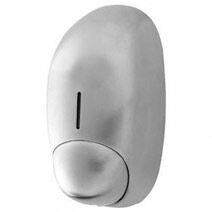
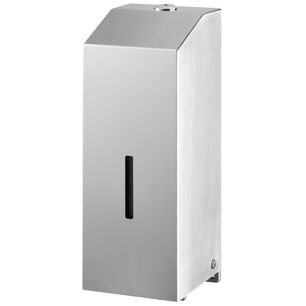
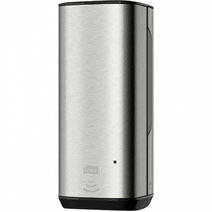
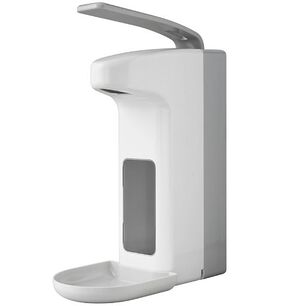
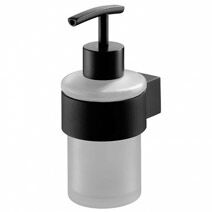
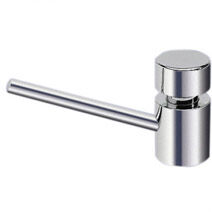
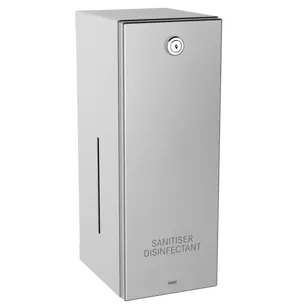

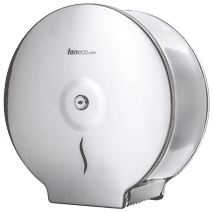
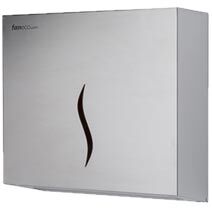
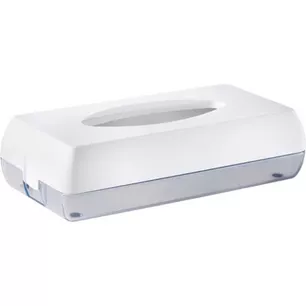
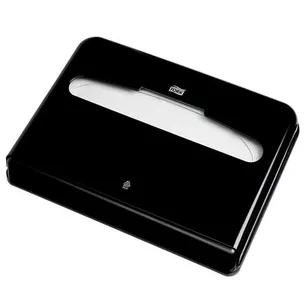
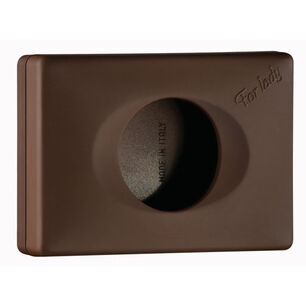
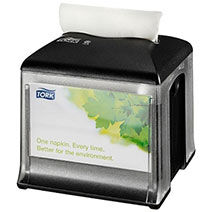
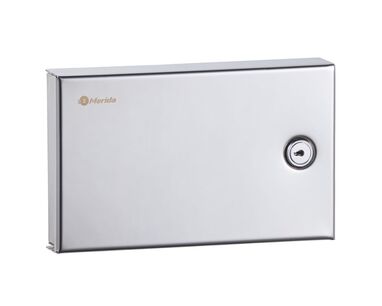
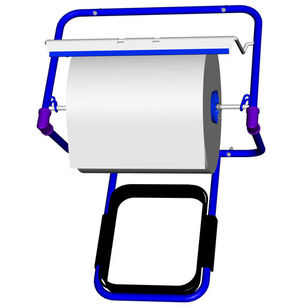
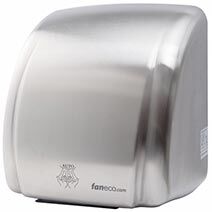
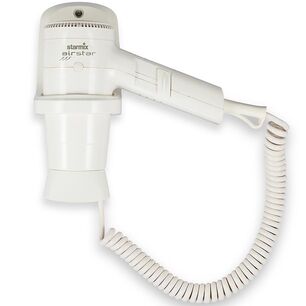
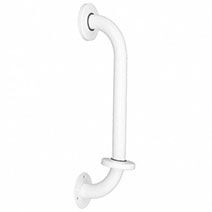
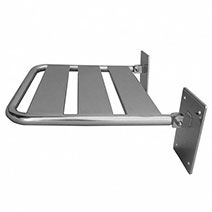

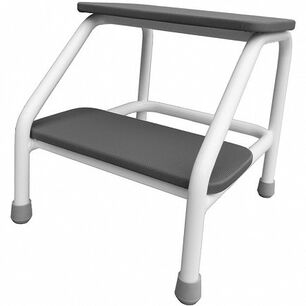
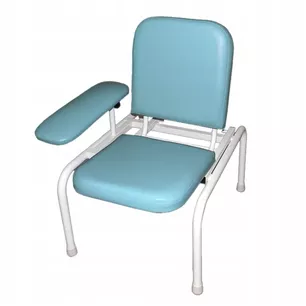
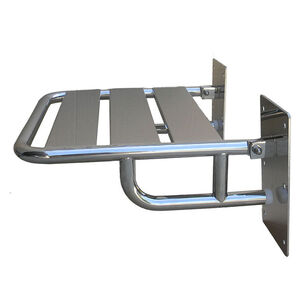
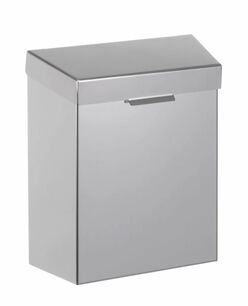
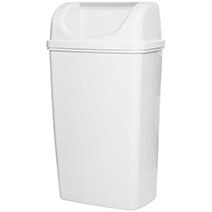
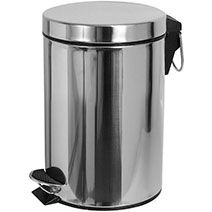
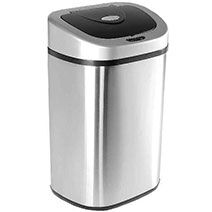
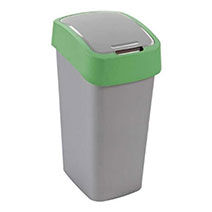
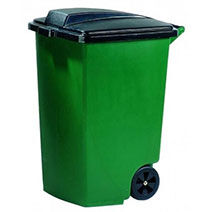
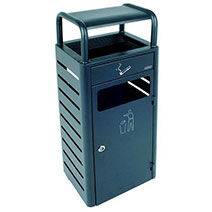
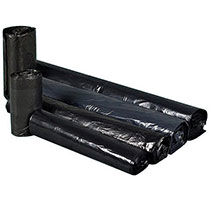
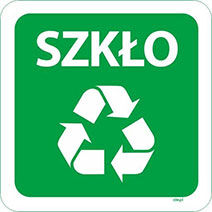
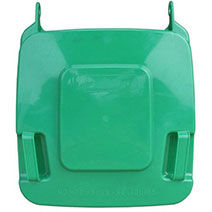
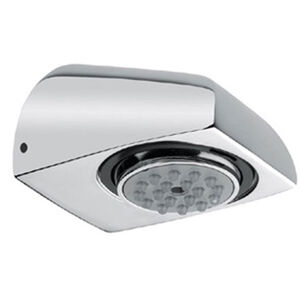
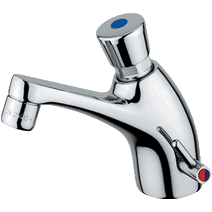
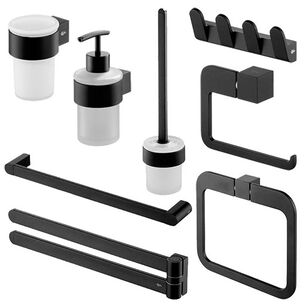

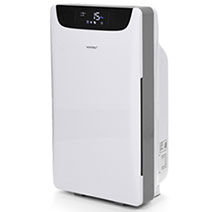


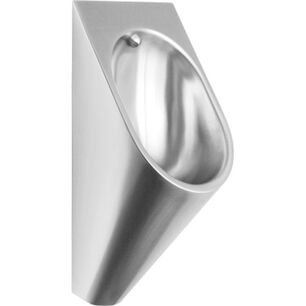

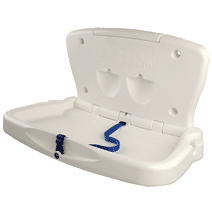
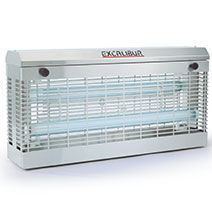
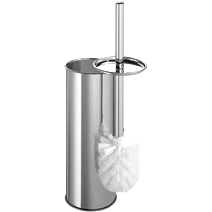
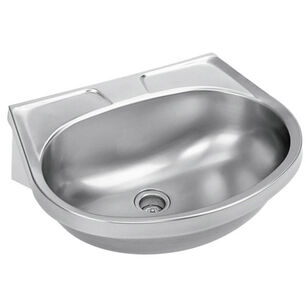
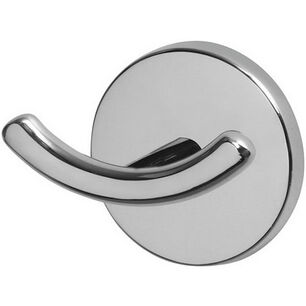

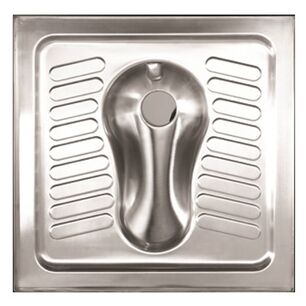
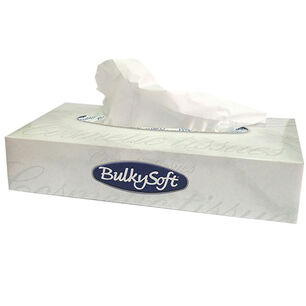
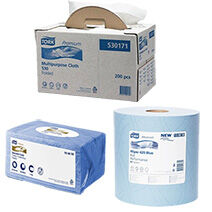


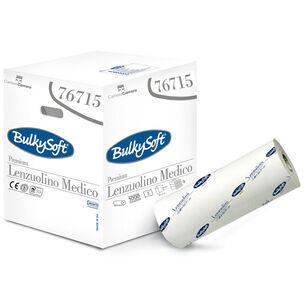
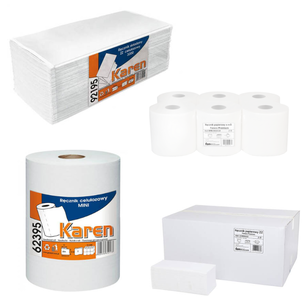
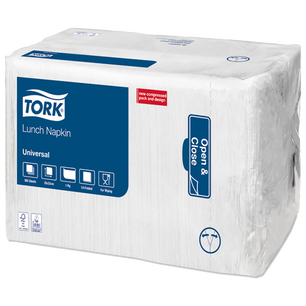
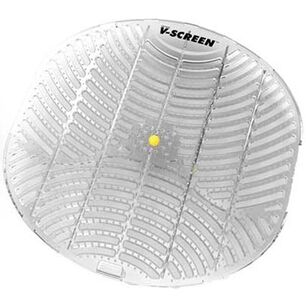
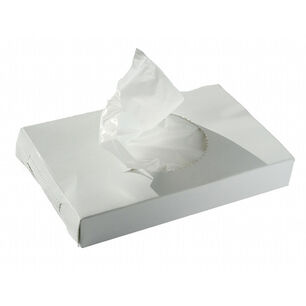

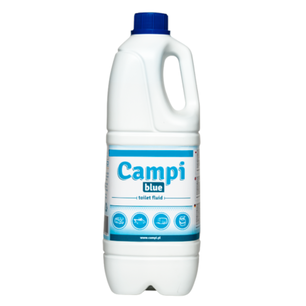
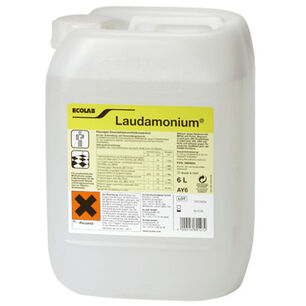

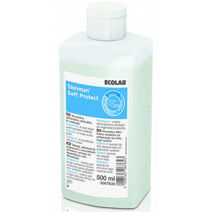
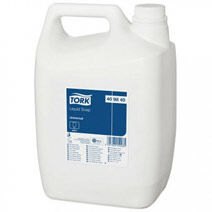

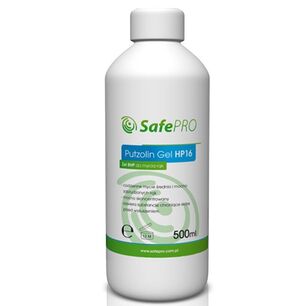
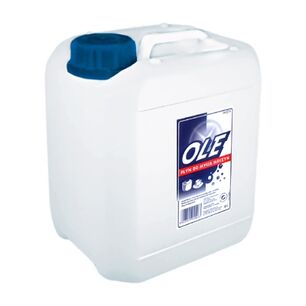

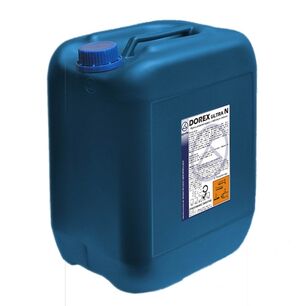
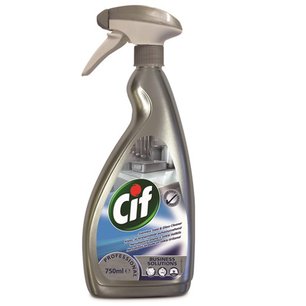
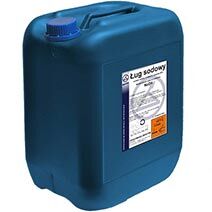
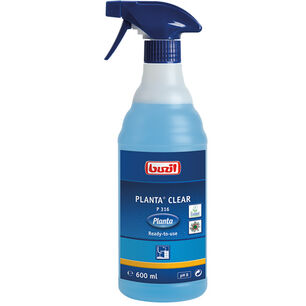
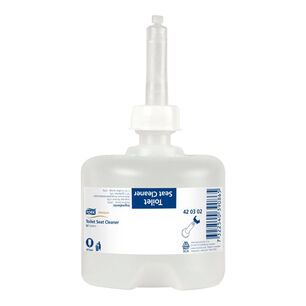


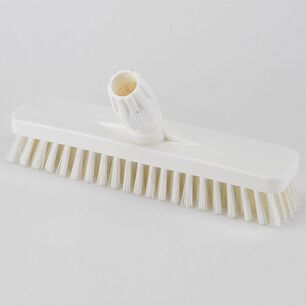
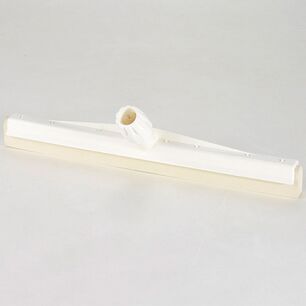

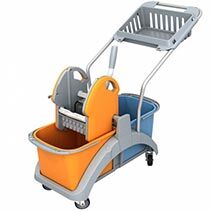
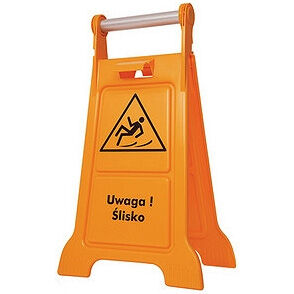

 Polski
Polski
 Czech
Czech
 German
German
 Spanish
Spanish
 Slovak
Slovak